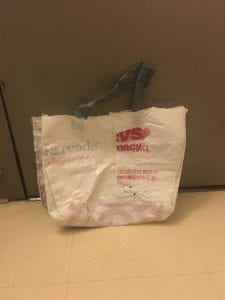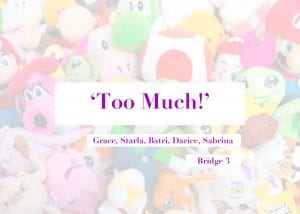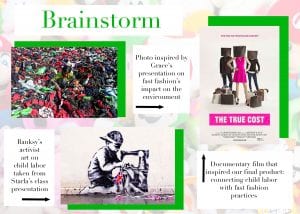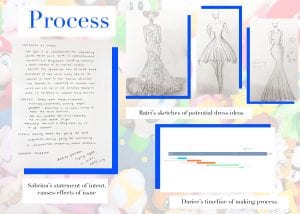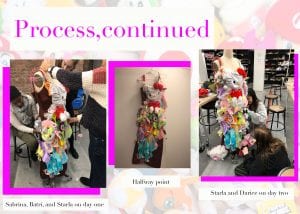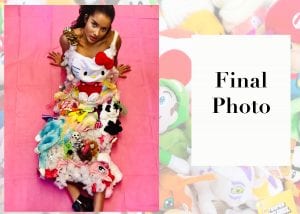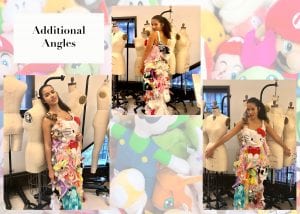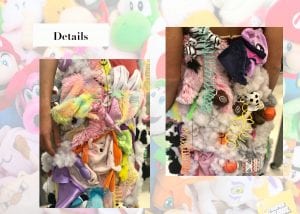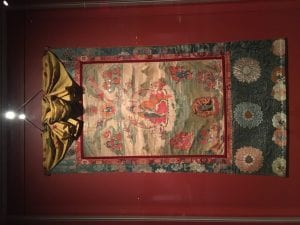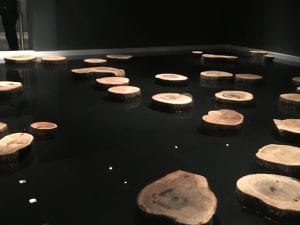Three ways that I can contribute to climate change is to first minimalize the trash I produce every day. Second, I could use environment-friendly transportations such as biking. And third, I could let my friends and families be more aware of the environment issue and helping them solve and achieve their goals in sustainability.
Minimalizing trash is starting to become a popular sustainable trend in the society, as people began trying to buy food with a lot of packaging of plastic, or no composable supplies, which are usually all end up in the trash bin. I believe the first step of changing the climate is to separate my trash of recyclable and non-recyclable. Most people like me once did not realize the significant impact of recycling, as more plastics are being thrown into the ocean, and more production of those plastics by capitalist companies are made. Then, I could start buying products with little to no packaging, as I would not pick up their plastic bags that would usually contain your carrots or cabbages. And, as if the product does have packaging, I could make sure that the packaging is decomposable. I would have a soil bin with worms inside to help decompose part or most of my trash. Second, rather than driving everywhere, I could start biking or use automobiles that use electricity rather than gas for my transportation. Lastly spreading the word about climate change is one of the most important elements in making sure that I am contributing to climate change.
There are a lot of inconvenience issues with achieving contributing to the climate change, as most products are made to market to be very convenient, but most people are not aware that the process of this convenience is a significant blow to the environment. Another inconvenience for me is price, for a lot of the products that are environmentally friendly, are pricier than just buying something fast and cheap. Driving a gas driven car is the most convenient transportation as electric cars are pricier and there are not a lot of public transportations in Texas.

